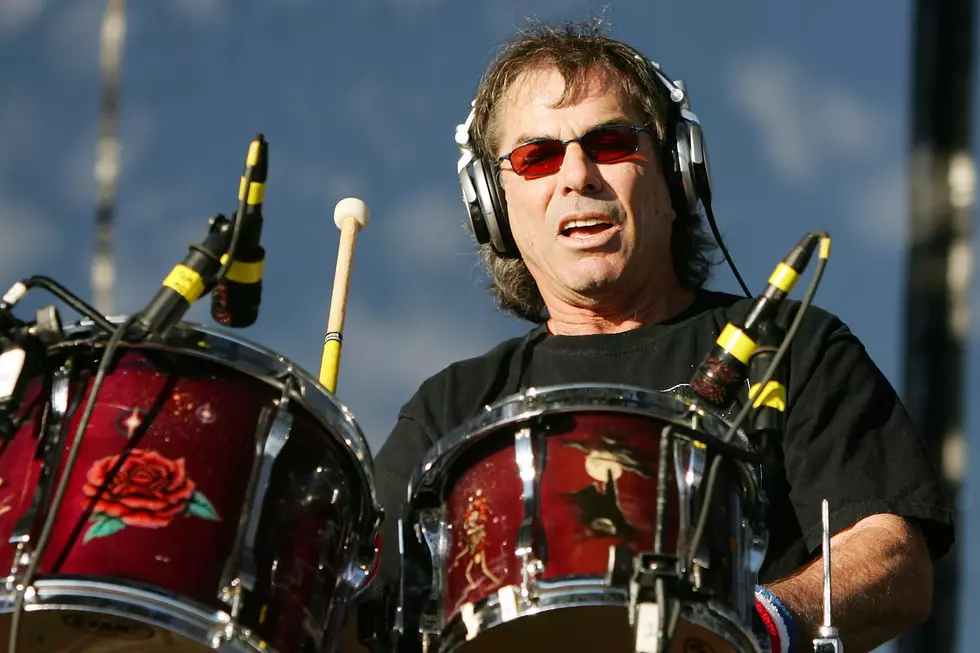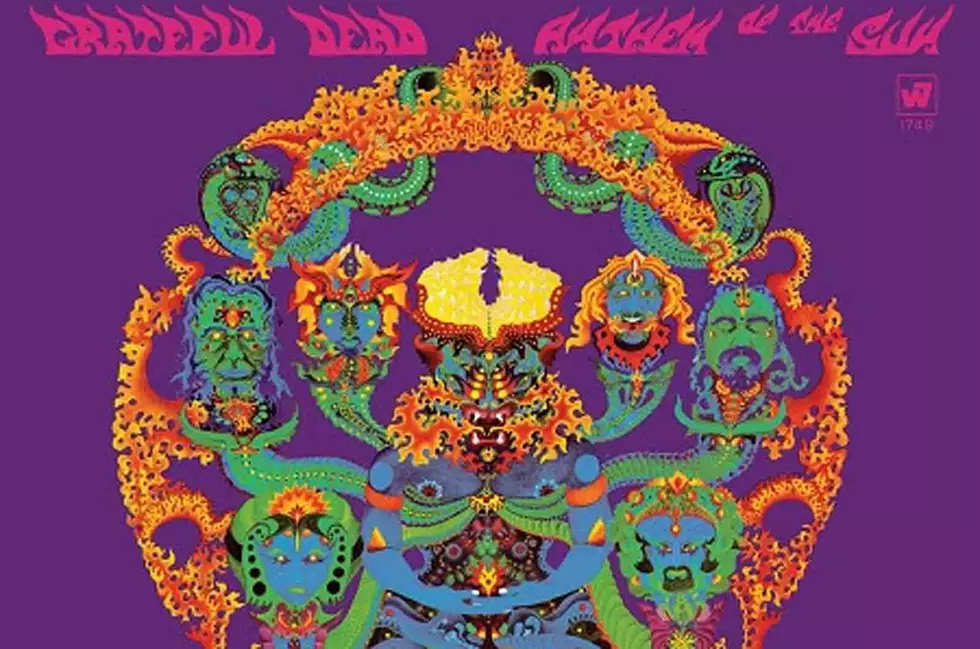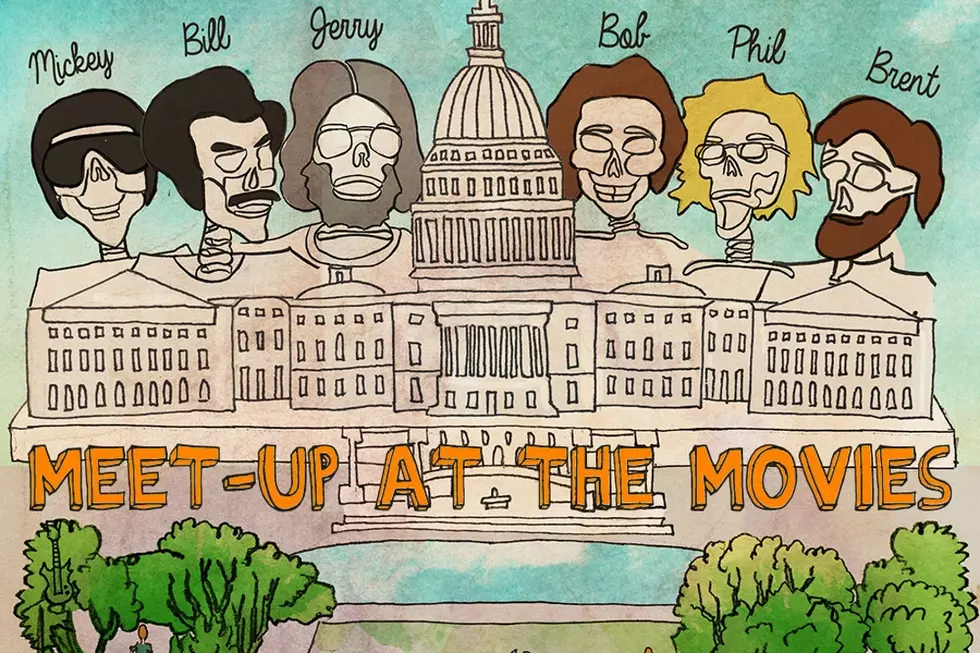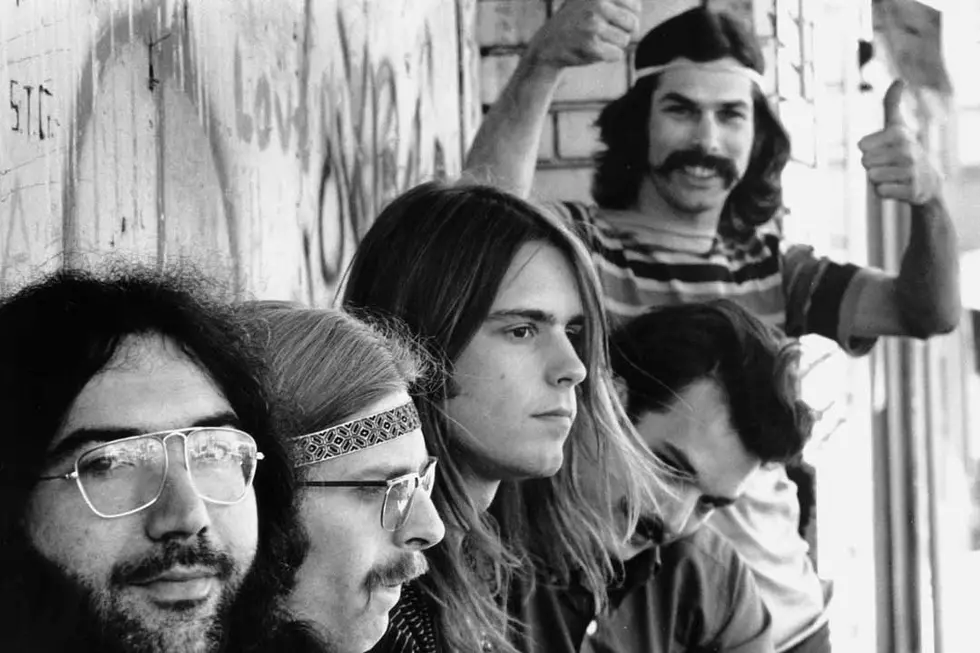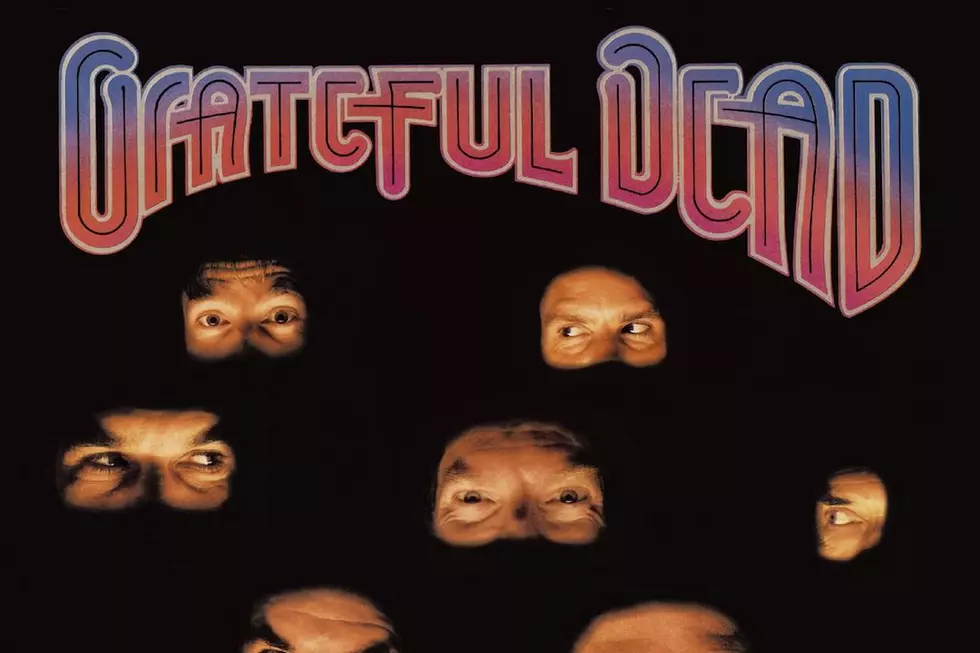
How the Grateful Dead’s ‘In the Dark’ Hit Stunning Commercial Heights
When the Grateful Dead convened after a season of hardship in the '80s, they focused on the group's holy grail: making a representative studio album.
Their celebrated career had always been powered by rangy, thrillingly symbiotic concerts. Something just seemed to get lost when the Grateful Dead tried to recreate that magic away from the stage. "We've always wanted to get some of that live spark on a studio record – which we've never been very good at," Jerry Garcia told the Los Angeles Times in 1987, with a laugh.
By 1978, they'd basically given up. After releasing seven albums in the '70s, the Grateful Dead put out only three more studio records before Garcia's death in 1995.
"I don’t think any of us ever believed it could be done," Phil Lesh would later lament. "We found ourselves in the studio always trying to tone it down, which really isn’t what we do. We’re not about turning it down. We’re about opening it up."
In the Dark, the Grateful Dead's first album in seven years, would be different. Refocused after a terrifying medical scare for Garcia, they were determined to right a lasting wrong. That meant shifting their sessions to an empty California theater, in an effort to simulate a concert setting.
“That’s how the energy got into it,” Garcia, who co-produced the album with soundman John Cutler, told Guitar World in 1987. “It’s a nice little theater and it has great sound. We rented it, moved our stuff in and set it up just as though we were playing live. We didn’t have an audience, but it was that same mood. We did the tracks as though we were performing full out, so on some of those tunes I didn’t replace any solos.”
Watch the Grateful Dead's Video for 'Touch of Grey'
The hope was that this new set up would, almost literally, bring them back from the dead – and it did. For a little while, anyway.
Basic tracks were put down at Marin County Veterans Auditorium in January 1987, with a small amount of additional overdubs and mixing completed in February and March. “Marin Vets turns out to be an incredibly nice room to record in. There’s something about the formal atmosphere in there that makes us work," Garcia said at the time. "When we set up at Front Street [the long-time Dead studio space], a lot of times we just sort of dissolve into hanging out.”
Something clicked. Released on July 6, 1987, In the Dark shot to No. 6 on the Billboard chart. The project eventually reached double-platinum status on the strength of "Touch of Grey," a No. 9 smash single. "Hell in a Bucket" and "Throwing Stones" also went Top 20 on the mainstream rock chart.
To say this was unexpected is a profound understatement – even to the Dead.
"We certainly aren't Top 40," Garcia admitted to the Los Angeles Times in 1990. "That's not what we do, it's not who we are. Our relationship to Top 40 is pretty remote. It's almost as remote as our relationship to classical music or mainstream jazz. We're about 90 degrees off of just about everything."
And yet, there they were. The band's dramatic commercial turnaround was all the more remarkable considering Garcia had been locked in a diabetic coma the previous summer. “He bounces off his little brush with death,” Bob Weir marveled in the Guitar World interview, “and the momentum that he picked up carried through to the recording.”
Watch the Grateful Dead Video for 'Hell in a Bucket'
Garcia's health had been an issue for some time, in part because of his lingering addictions. In January 1985, the other band members had basically staged an intervention. Garcia was arrested later that month on possession of heroin and cocaine. He ended up in a drug-diversion program, and the Dead rushed right back onto the road.
Not long after their well-received 1986 summer tour with Bob Dylan and Tom Petty, however, Garcia passed out at his home at San Rafael, Calif., and things quickly took a turn for the worse. When he finally awoke from the coma, he was unable at first to walk or even speak clearly, much less play guitar.
He said he emerged with a new determination. "When I was in the hospital, the thing I found myself thinking most was, 'Boy, when I get out of here, I'm going to play as much as I possibly can,'" Garcia told the Times. "I mean, I'd rather be doing anything than lie in a hospital."
The seeds of In the Dark were being sown. “I remember the moment in the hospital when he was recuperating,” Mickey Hart told Guitar World. “Once he came out of his coma, you could see that he has life back in him. The first thing he asked for was his acoustic guitar. He must play; he’s an animal. He’s like a thirsty animal, like a shark – always eating, always playing. If he can breathe, he’ll play.”
In the Dark didn't represent a renaissance, so much as a last gasp. The title to the Grateful Dead's 1990 disappointing follow-up, Built to Last, would prove to be bitterly ironic. They'd never have another Top 10 album, or another Top 40 single, and Garcia soon began a final, precipitous decline.
Top 25 Psychedelic Rock Albums
A Grateful Dead Member Is Part of Rock's Tragic '27 Club'
More From 96.1 The Eagle


